May Seasonal Gardening Tips – Subtropical Queensland
Find out what to do in the garden this May with top tips from The Micro Gardener and Living Smart
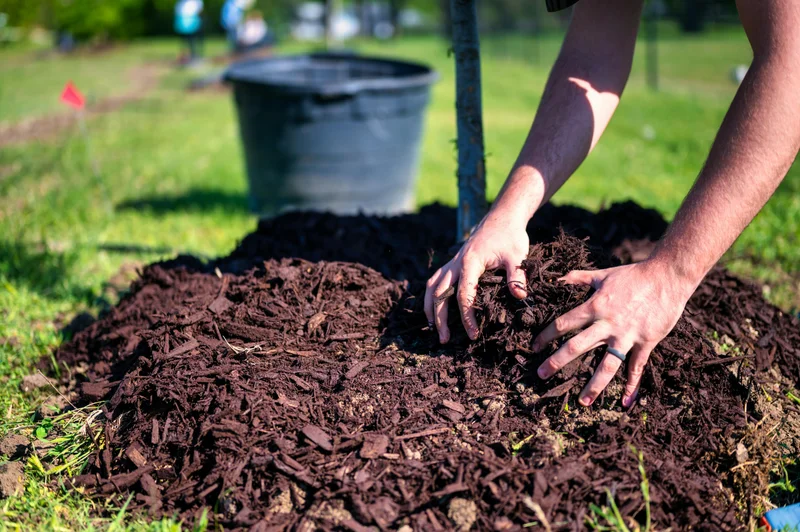
Each month Anne Gibson, The Micro Gardener shares gardening tips for our Sunshine Coast climate on Council's Living Smart website. Head there to read the full article, and for info, events and guides to help you on your sustainability journey.
Top tips and tasks for May
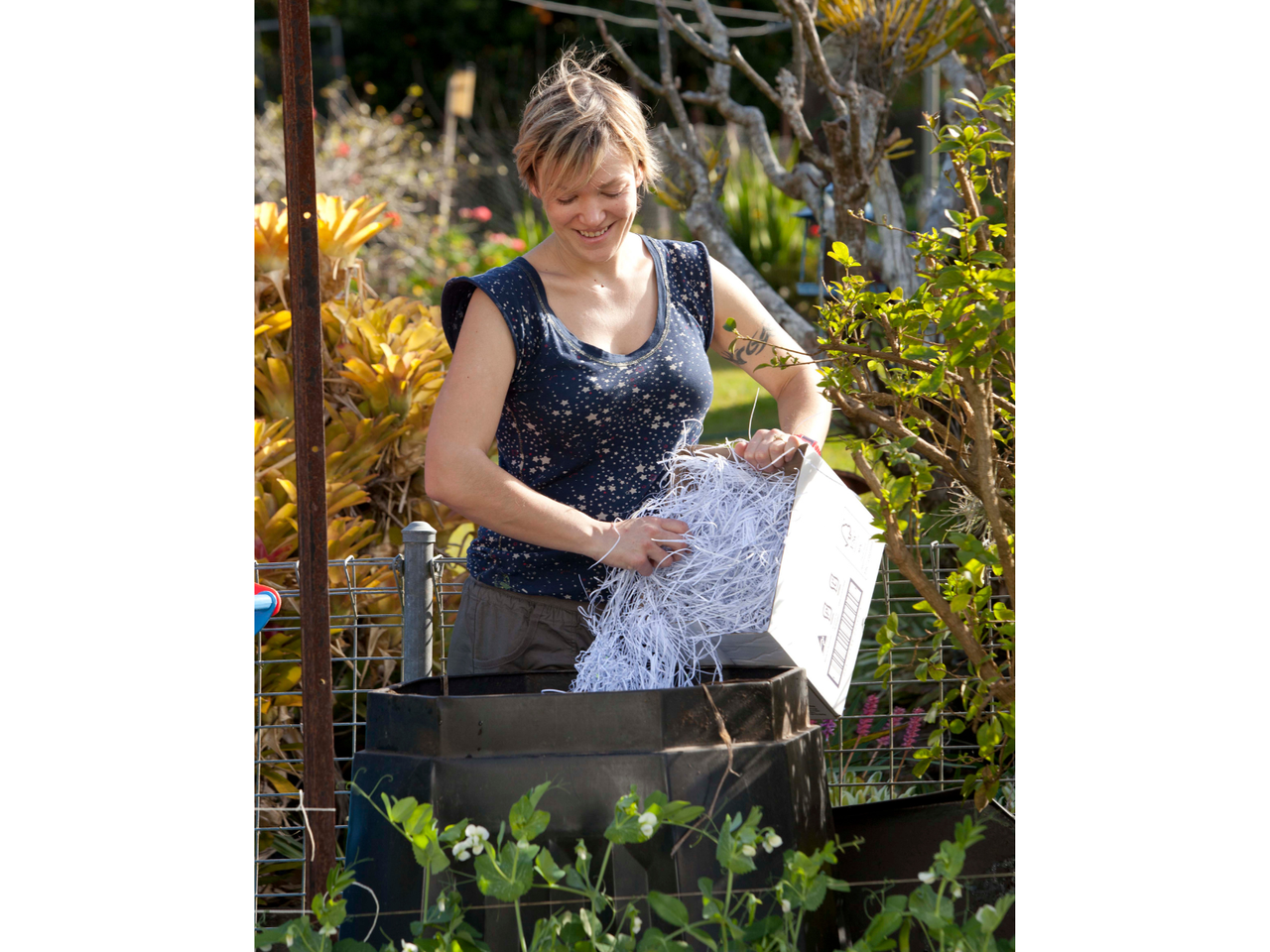
- prune woody perennials, lemongrass and bushy shrubs.
- make compost and feed up your worm farm
- top-up of container gardens with fresh potting mix before new plantings
- dry any herb or vegetable seeds from your garden to save the seeds
- fertilise your fruit trees, especially citrus. Weed and mulch around fruit trees at the same time.
- give flowering stone fruit a liquid feed
- top up your mulch layer
- harvest any basil for pesto before it dies back and collect the seeds for saving
- cut back arrowroot and perennials
- keep garlic , potatoes and asparagus well weeded - they hate competition
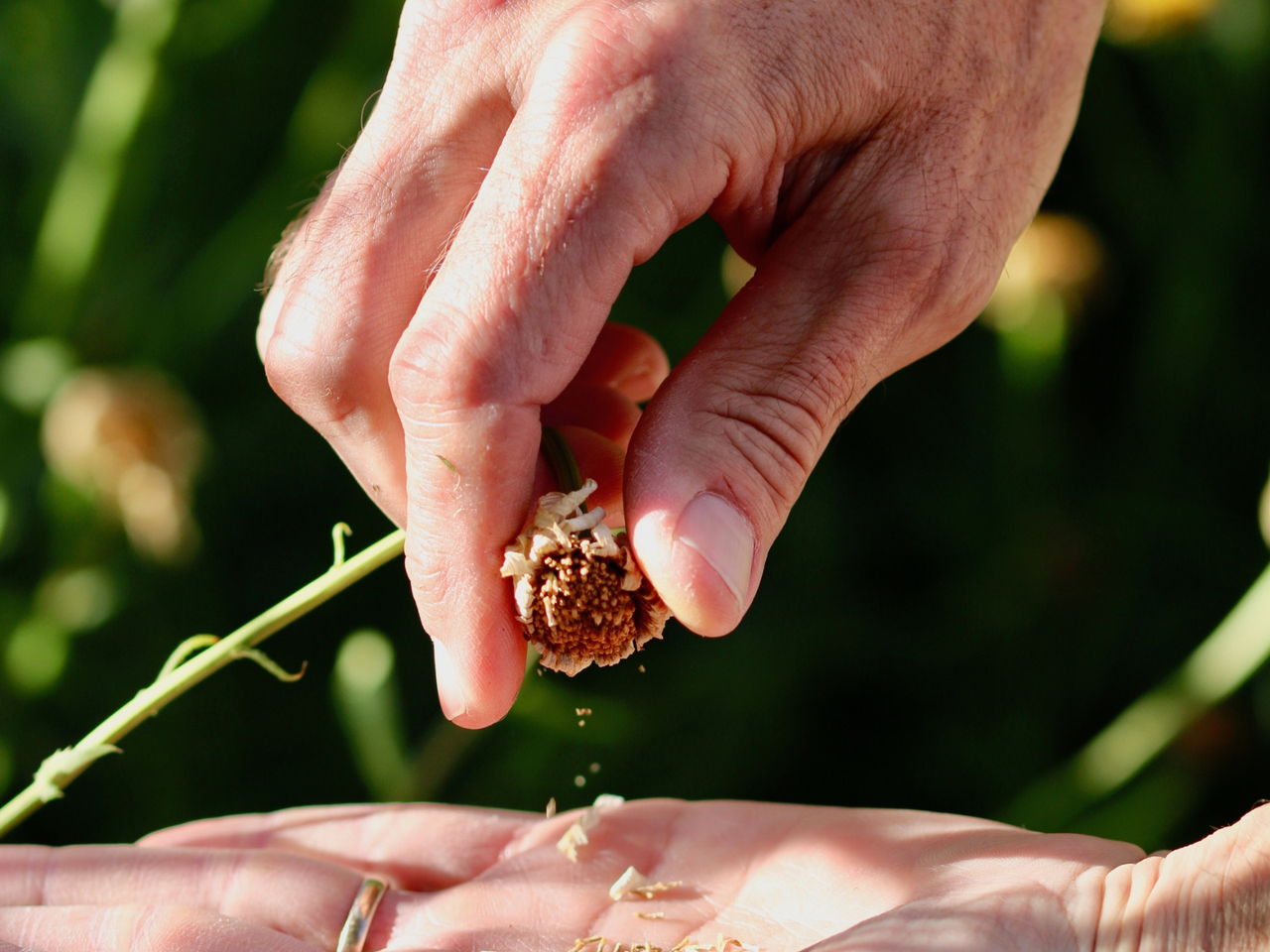
Harvest
- pumpkins and sweet potatoes are starchy tummy-filling vegetables that should be ready to harvest
- passionfruit vines should be producing well along with citrus fruits.
Plant
- perpetual spinach, chard, silverbeet, Asian greens like tatsoi, celery, lettuce, coriander and rocket
- asparagus crowns, beans, all brassicas (broccoli, kale, rocket , cauliflower, cabbages), broad beans, capsicum, carrots, chia, cool season green manures, cucumber, eggplant, garlic , leek, peas , potato, radish, spring onions , sweet potato and tomatoes
- If you are impatient for peas and beans , sow dwarf/bush varieties first, then climbers.
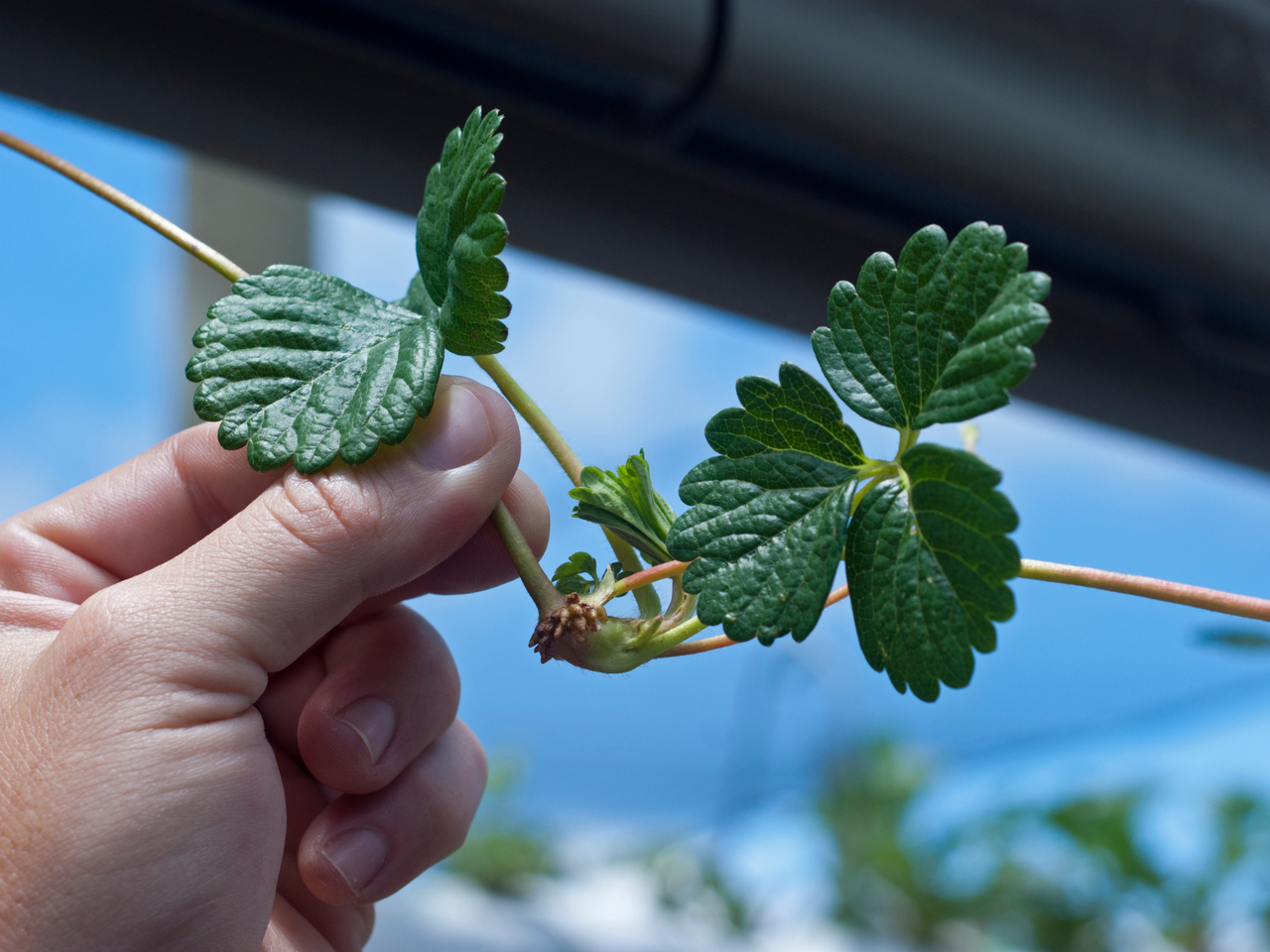
Fruits
- try planting fruit trees such as Citrus, Black Sapote, Carambola, Coffee, Feijoa, Fig, Finger lime, Guava, Kiwifruit, Macadamia, Mango, Mulberry, Olive, Passionfruit, Pawpaw, Peach, Pecan, Persimmon, Pomegranate and Strawberry runners
- remove any buds from young fruit trees so they can put energy into growing roots, not fruit
- if your ‘mother’ strawberry plants are throwing runners, separate them and feed up well with compost and liquid seaweed to boost new root and shoot growth.
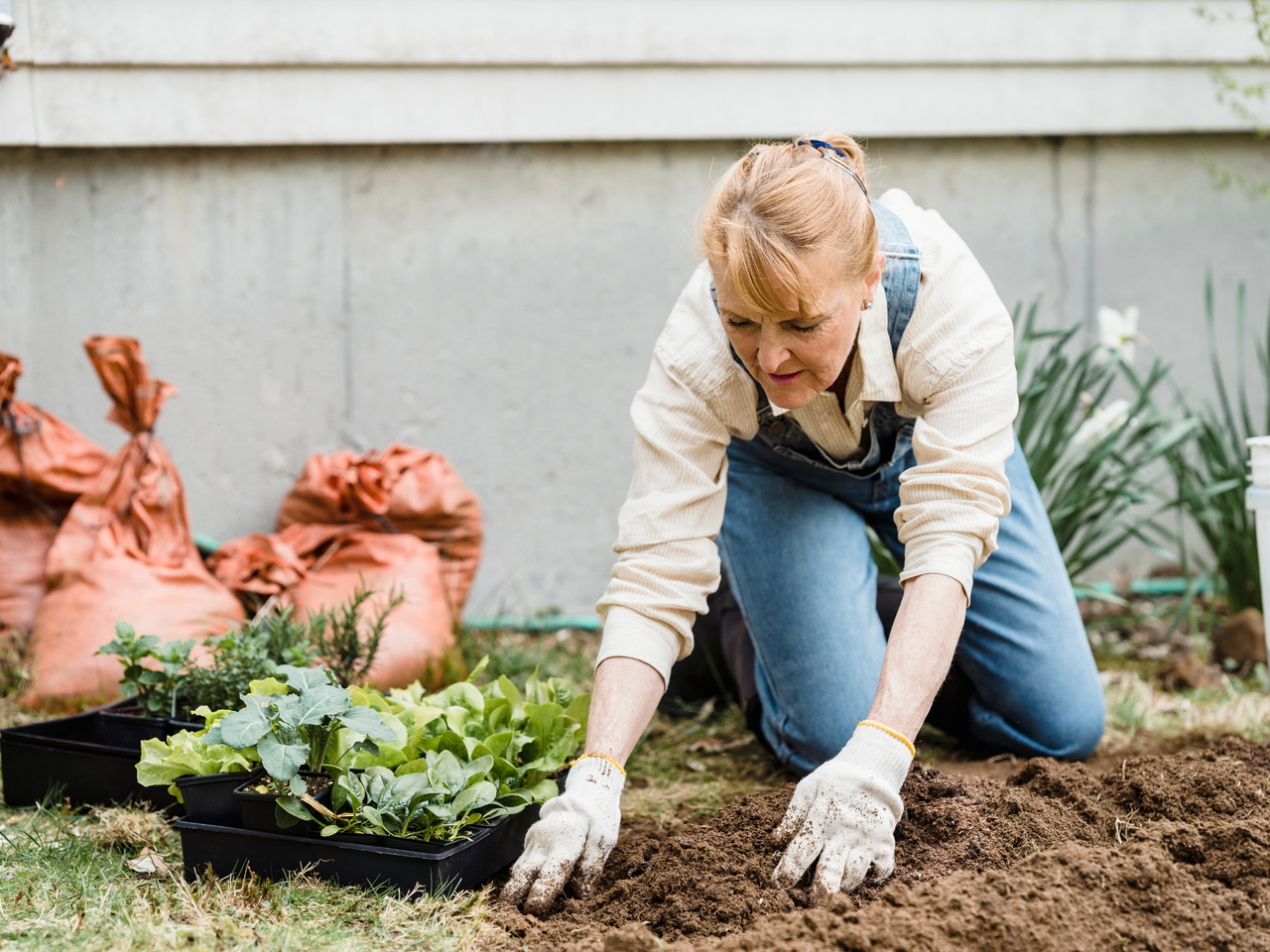
Herbs and flowers
Some herbs hate the heat – take annual Coriander and Dill for example. However, they thrive at this time of year and will produce hundreds of free seeds for microgreens and next season when they finish later in the year.
- sow Borage, Chervil, Comfrey roots, Fennel, Lemongrass, Parsley, Pineapple Sage (easy from cuttings) and Sorrel
- plant your bulbs and flowers, including Calendula, Cornflower, Daylily, Dianthus, Marigold, Nasturtium, Pansy, Poppy, Snapdragon, Sweet Pea and Viola
- interplant your herbs and flowers between vegetables (particularly brassicas) to attract beneficial predator insects to keep caterpillars and other insects in balance.
Find out more
Anne Gibson is The Micro Gardener. For more detailed info, you can follow Anne on her Website, Facebook, Substack, Instagram, X, YouTube or Pinterest
TagsLiving Smart